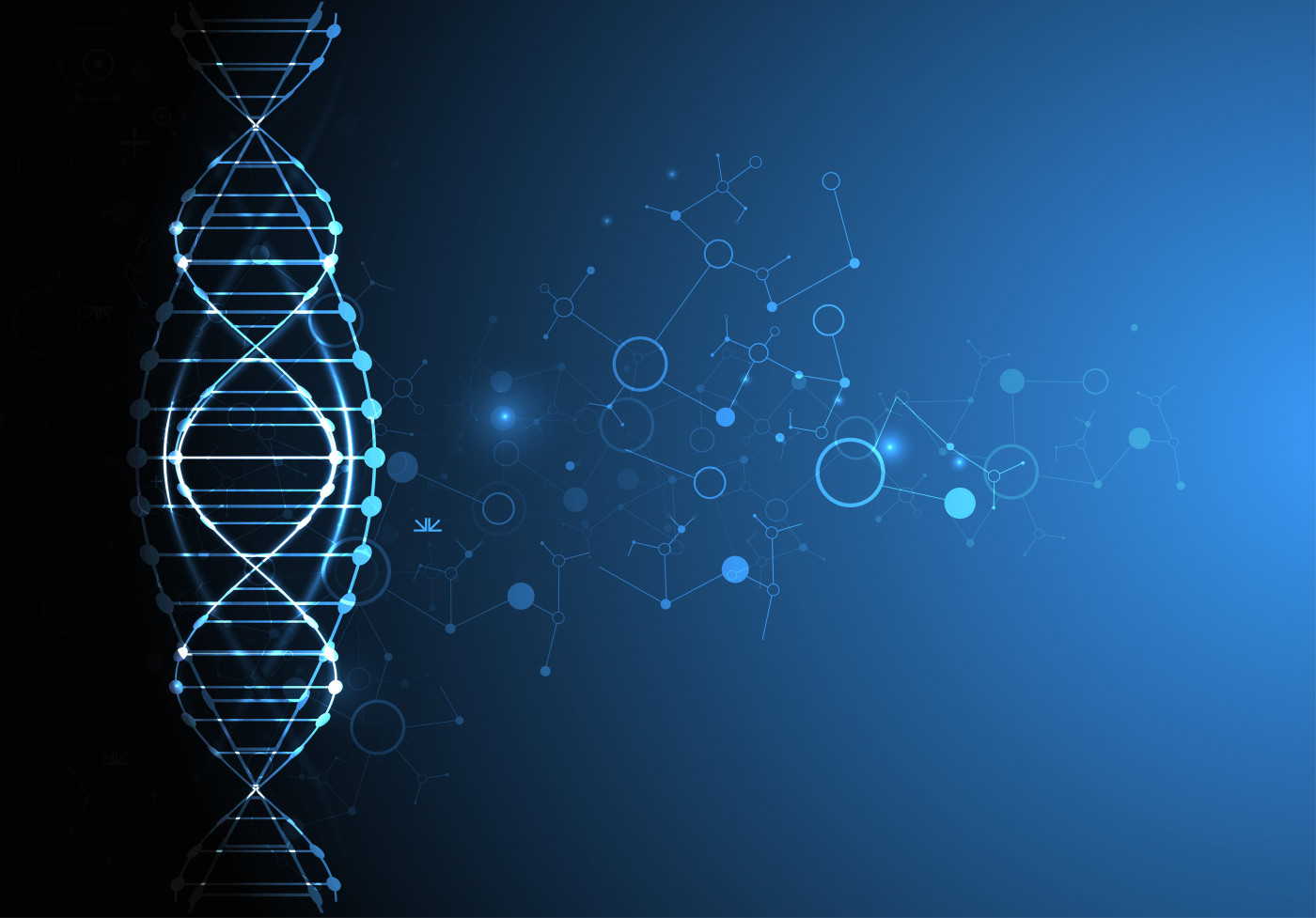New Mutation Linked to SMA-LED in 4 Unrelated Children, Case Study Reports
Written by |

A newly identified mutation in the DYNC1H1 gene causes a rare form of spinal muscular atrophy known as SMA with lower limb predominance (SMA-LED), which is associated with learning difficulties and brain malformations, according to a case series report.
Magnetic resonance (MRI) scans of leg muscles can effectively diagnose this SMA type, it adds, and should be used instead of muscle biopsies, which gave misleading results.
The report, “A recurrent de novo DYNC1H1 tail domain mutation causes spinal muscular atrophy with lower extremity predominance, learning difficulties and mild brain abnormality,” was published in the journal Neuromuscular Disorders.
Cases involving four unrelated individuals — a girl from the Middle East, a girl and a boy from China, and a boy described simply as Caucasian — are detailed.
Motor and neurological symptoms first appeared in all patients during infancy and childhood, including clubfoot (a deformity of the foot), delays in walking, a propensity for falls, brain malformations, nerve cell degeneration, leg muscle weakness and wasting (atrophy), and an absence of knee reflexes.
All children also had learning difficulties, and three were affected by behavioral disorders like attention deficit, autism or hyperactive behavior.
In light of the muscle symptoms, and after discarding other conditions, doctors suspected spinal muscular atrophy (SMN); however, none of the patients tested positive for mutations in the SMN1 gene, the leading cause of the disease.
Early childhood onset of muscle weakness and atrophy, predominantly affecting the lower limbs and progressing slowly, was consistent with a rarer type of spinal muscular atrophy.
Researchers sequenced patients’ DNA, and found all four carried the exact same mutation, — termed c.751C>T — within a specific region at the beginning of the DYNC1H1 gene.
Ask questions and share your knowledge of SMA in our forums.
DYNC1H1 provides instructions for the production of a protein called dynein cytoplasmic 1 heavy chain 1, which plays a role in the transport of proteins and vesicles within cells, including nerve cells.
Mutations in this gene can lead to a rare SMA form known as spinal muscular atrophy with lower limb predominance (SMA-LED). Intellectual disabilities, behavioral problems, Charcot-Marie-Tooth disease and other conditions can be caused by mutations in this gene as well.
However, given the children’s clinical examinations, researchers believed they were looking at a newly identified mutation that was causing SMA-LED.
Multiple computer simulations and prior sequencing data classified the mutation as likely disease-causing, or pathogenic.
No parent carried this mutation — meaning the disease was not inherited. Rather, it arose spontaneously either in the egg or sperm cell of one of the parents, or in the fertilized egg during early embryonic development. Because it was present multiple times in separate individuals, researchers consider it a recurrent mutation.
Leg muscle MRI scans were seen to be more effective in diagnosing SMA-LED than muscle biopsies.
MRI scans were very consistent between three patients, examined at the ages of 8 and 16. Patients displayed atrophy and fat accumulation specifically in the tight (quadriceps) and calf muscles — a hallmark of SMA-LED.
Muscles biopsies preformed when children were ages 2 to 9, in contrast, gave quite variable and misleading results, limiting its use as a diagnostic tool.
“Leg muscle imaging gives helpful diagnostic clues and should be considered for all SMN1 negative SMA,” the researchers wrote.






